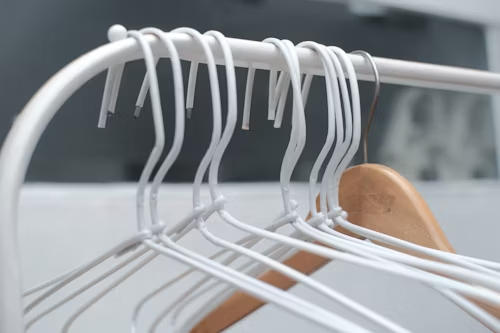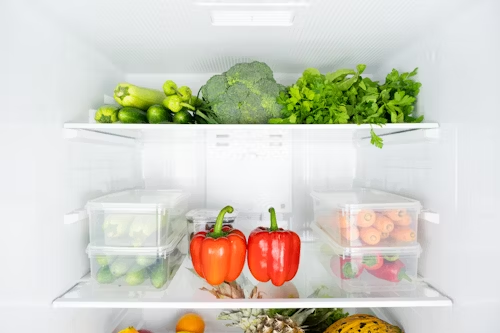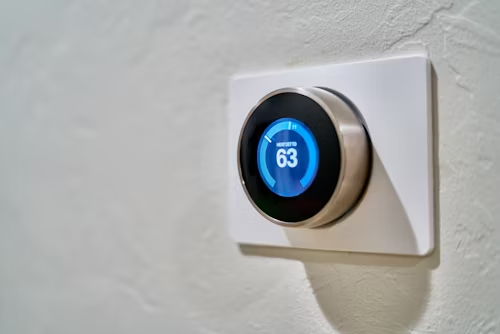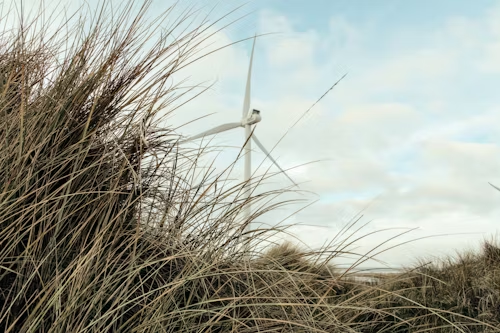Commercial refrigeration is mandatory in a variety of professions such as restaurants, grocery
stores, warehouse cold storage, wineries, and labs. They operate around the clock reliably
maintaining the temperature of products. They consume a lot of power and this may result in
huge electric bills. In 2025, due to the still-increasing power costs, the aspect of finding
opportunities on cutting energy consumption has gained even greater prominence. The great
news is that even though small differences are made, it can make an enormous difference. This
article will discuss five easy steps to save energy with your commercial refrigeration.
1: Keep Coils Clean for Better Efficiency
One simply method of cutting down the usage of energy is to keep your coils clean. Evaporator
and condenser coils assist in taking heat out of the unit and enabling it to remain cool. As dirt,
grease or dust accumulates on these coils, the system will need to work hard in order to remove
heat. Not only does this result in greater energy consumption of your commercial refrigeration but it also adds a burden on the
compressor.
To maximize coil efficiency, it is possible to clean coils at least once in every three months.
Move the laundry to gently brush the surface of the coils and use a vacuum cleaner to clean up
the debris. Ensure there is enough air around the coils and space the coils well. Once the coils
are clean, more cooling can be produced in your refrigeration system and with reduced power
consumption.

2: Inspect Door Seals to Prevent Air Leaks
Another frequently occurring area of the energy loss is damaged gaskets on the doors. These
are the gaskets on the sides of your commercial refrigeration or freezer doors. In case the seal is loose or
cracked, the cold air could leak out each time to close the door. This causes the unit to strain to
regulate itself to the correct temperature thus consuming more electricity.
It is also wise to test sealings of the doors. The gasket should be changed upon any sign of
wear, or when not felt frosty tight. One of the most basic things to check the seal out is to place
a dollar bill in the door and closing it. In case the bill comes out easily, it is possible that your
gasket is not sealing up, properly. Simply replacing worn gaskets can cut energy waste and
improve efficiency, at very little cost.

3: Set the Right Temperature for Your Needs
The temperature adjustments have a significant effect on the amount of energy consumed by
your commercial refrigeration. One of the many misconceptions of the business owners is over setting the
temperature below what is required to ensure that the products are kept safe. Couple not using
refrigerator or freezer as cool as possible wastes energy and adds stress to the compressor
The coolers are most efficient when at a temperature between 35 F and 38 F whereas the
freezers should be set between -10 F and 0 F. Monitoring your thermostat settings by using a
digital thermometer at least once a day will allow you to ensure that you maintain your
temperature between the ideal range. Maintaining the system at an appropriate level of
temperature enables it to operate fewer times and use less energy, whilst maintaining items to
be at a safe level.
Coolers kept at 35 F to 38 F are not only safe, but efficient. Based on Energy Star, the right temperature levels save the difference in operation costs. Visit this website for more information regarding to commercial refrigeration : Energy Star

4: Keep Airflow Clear Inside the Unit
Another factor, which alters energy consumption, is the airflow within the refrigeration box.
Close doors and stuffy shelves prevent the free movement of cold air. That results in uneven
temperatures and this leads to the system running longer and harder.
To enhance free movement of air, items in the shelves should not be placed too close to each
other. Do not move boxes or bags to be directly on the vents or the wall at the backside. Give a
clearance between the products to enable cold air to move around the unit. Proper airflow can
help the system to evenly and minimally utilize energy to cool.
Put Aside this Blog of commercial refrigeration sometime and just tell me that are you interested in learning about Quantitative Finances? If Yes, So just click on this link and go read our blog related to: QUANTITATIVE FINANCES
Table of Contents

5: Schedule Regular Maintenance Checks of Your Commercial Refrigeration
In commercial refrigeration setting regular servicing with a qualified HVAC technician is one of the most necessary measures of energy-saving. Very often, problems can begin with small issues, which are simple
to solve, but as long as they are not addressed, they can increase and lead to the system either
becoming more power-intensive, or crashing altogether.
Noticeable problems might include getting a tech to visit to examine the refrigerant pressure,
motors, defrosting schedules, and controls to ensure that it is functioning well. A maintenance
(at least twice a year) will ensure that the system is running at its optimal, and will prevent
expensive repairs in the future. Maintenance logs can also be useful in re-organizing past
servicing and scheduling future services.

New Energy-Saving Tools in 2025 For Commercial Refrigeration
Along with these five tips, there are novel technologies that will be released in 2025 to further
help reduce energy consumption. Smart thermostats and control systems have the ability to set
the temperature, fan speed and defrost cycles according to your business hours or products
requirements. They can teach usage habits and automatically optimize the usage of the energy.
Certain areas have low electricity rates during non-peak operating hours as well. Smart systems
allow reducing the cooling load, or transferring tasks to such times to save even more. If what
you are using is older, upgrading to new, high-efficiency models is also an option to be
considered. If possible, you should look at systems that have been certified with ENERGY
STAR® as they consume less energy even though they still have good performance.

Final Thoughts
Saving money on commercial refrigeration is not necessarily a tricky job. Clean coils, good door
seals, setting the temperature, good airflow, and maintenance will consume less energy and
save you on those electricity bills. Each of these minor steps safeguards your equipment to
avoid destruction and your products.
In todays environment of soaring energy costs and a growing sensitivity to our environment, it
is wise not only as a business person, to make wise decisions regarding your refrigeration
system.


My name is zain shabbir, and I am a personal finance blogger eager to help the readers to make better-informed choices related to their money. Budgeting tips, investment advice, loan advice, and saving tips just to name a few are only some of the ways I can make the finance easy to everyone. Subscribe to become the owner of your financial future and get insights simple and easy to understand.

